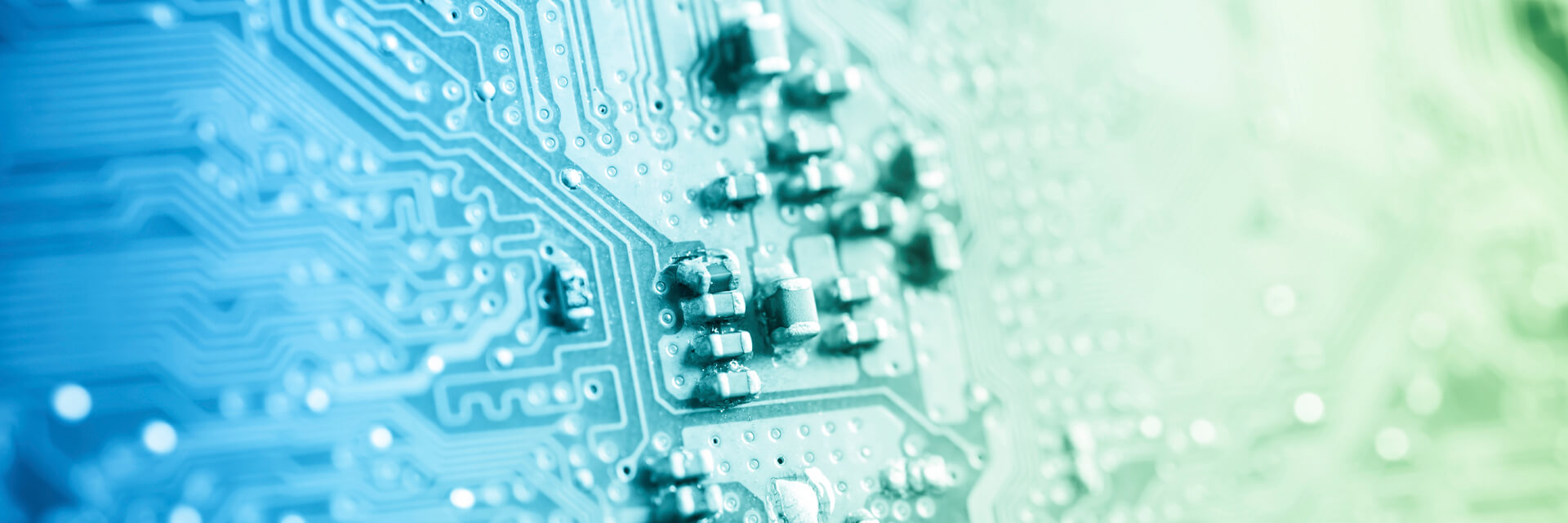
Information Technology Is a “HIT” with Health Care
- Published
- Apr 13, 2016
- By
- Marc Fogarty
- Topics
- Share
Health information technology (HIT) has been defined as the application of information processing— involving both computer hardware and software—that deals with the storage, retrieval, sharing and use of health care information, data and knowledge for communication and decision making.
This IT discipline intersects health care experts, patients, insurance providers, billing personnel, the government and, of course, IT professionals and vendors. When it comes to HIT, the playing field is vast.
Goals
A few HIT goals are to improve the quality and access to health care, decrease errors, mitigate public health concerns, decrease costs via increased efficiencies, and foster an exchange of information and research.
EHR
A key tool available to HIT is electronic health records (EHRs). According to healthIT.gov, an EHR is a digital version of a patient’s paper chart. EHRs are real-time records that include a patient’s medical history, diagnoses, medications, treatment plans and test results. An EHR can be shared securely with other providers across more than one health care organization, such as hospitals, laboratories, specialists and pharmacies.
After assessing its needs and planning its approach, a health care provider needs to perform due diligence in finding and selecting an EHR system vendor. A few decision points include cost (naturally), product fit, server options, privacy/security strength, integration capabilities, tech support and training.
| Percentage of Office-Based Physicians in the U.S. with EHR Systems |
|
| YEAR | PERCENT |
| 2014 | 83% |
| 2013 | 78% |
| 2012 | 72% |
| 2011 | 57% |
| 2010 | 51% |
| 2009 | 49% |
| U.S. Centers for Disease Control & Prevention | |
The HITs Keep on Coming
Handheld tissue repair devices, smart pill bottles that send information to health care providers, 3D printed skin grafts and other healing technologies are today more science-fact than science-fiction.
Consumers can take advantage of HIT like never before. They can simply go to a retailer and, for less than $100, purchase a smartwatch that tracks heart rate, sleep quality, steps walked and more. According to Statista, sales for wearable health and fitness trackers are expected to reach 38 million units in 2016, up from 25 million in 2015.
Other emerging HIT categories include clinical decision support, computerized physician order entry, bar coding at medication dispensing, robots for medication dispensing, automated dispensing machines, electronic medication administration records and bar coding at medication administration.
Legislation
In 2004, President George Bush signed the Health Information Technology Plan Executive Order, which established a plan to develop and implement electronic medical record systems across the U.S. It was estimated that the widespread adoption of HIT could save the U.S. health care sector more than $81 billion annually.
In 2009, President Barack Obama signed the American Recovery and Reinvestment Act (ARRA). This legislation set aside $2 billion for programs to help health care providers implement HIT and provide technical assistance; an additional $17 billion comprised Medicare and Medicaid incentives for those that adopted HIT prior to 2015.
The ARRA incentive program is working to some degree. According to the Office of the National Coordinator for Health IT, more than 80% of the doctors in the U.S. are using EHRs. However, that number drops to 49% regarding doctors who use more than just EHRs’ basic functions.
When it comes to HIT, an overarching consideration is data security and confidentiality. As part of the ARRA, the Health Information Technology for Economic and Clinical Health Act (HITECH) widens the scope of privacy and security protections available under the Health Insurance Portability and Accountability Act of 1996 (HIPPA) by increasing the potential legal liability for noncompliance as well as providing for more enforcement.
Big Data
While HIT can be transformative with respect to health care—not to mention the economy—what is to be done with all of that data? According to an Institute for Health Technology report, Transforming Health Care Through Big Data, health care data in the U.S. reached 150 exabytes in 2011. To put this in perspective, that would equal 150 billion gigabytes—hundreds of times more than all of the information stored in the U.S. Library of Congress. This poses enormous questions as to data use, ownership, organization, protection, storage and disposal. As such, it is incumbent upon HIT stakeholders (medical professionals, consumers, vendors, government and academia) to develop best practices to address these issues.
Resources
The U.S. Department of Health & Human Services (hhs.gov), healthIT.gov, and the Centers for Medicare & Medicaid Services (cms.gov) offer copious HIT information. The State of NJ Department of Health offers a knowledge center on its website (nj.gov/health/njhit) that includes an information exchange network, a privacy and security guide, EHR incentives and other valuable resources.
Catalyst - Summer 2016
What's on Your Mind?
Start a conversation with Marc
Receive the latest business insights, analysis, and perspectives from EisnerAmper professionals.










